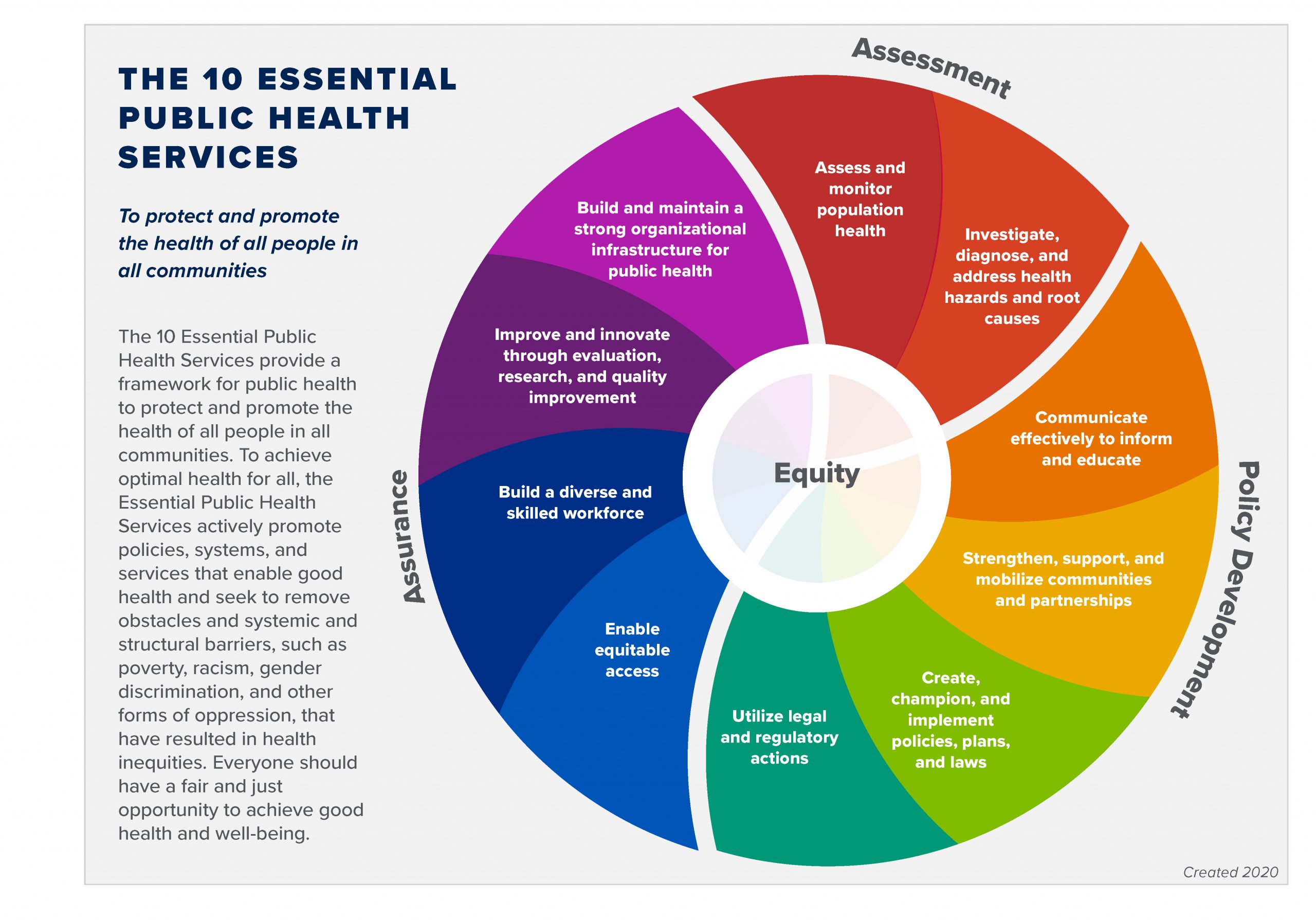Unraveling the Labyrinth: Unbelievable Why Public Txdps Scheduler Matters
Thesis Statement
The significance of public transportation scheduling cannot be overstated. It forms the backbone of a well-functioning public transit system, impacting not only the efficiency and accessibility of transportation services but also the broader fabric of society. This essay delves into the complexities of public transport scheduling, examining its multifaceted nature, challenges, and consequences, while also highlighting its value and potential benefits.
Unveiling the Complexities
Public transportation scheduling entails a delicate balancing act of multiple factors, including route planning, vehicle deployment, timetables, and passenger demand. These elements intertwine to create a dynamic system that must be constantly monitored and adjusted to meet the ever-changing needs of the public.
Route planning forms the foundation of any scheduling system, determining the paths that vehicles will take and the stops they will make. Optimal route design aims to minimize travel times, reduce congestion, and provide equitable access to transportation services. However, real-world constraints, such as road conditions, traffic patterns, and geographic barriers, often complicate the pursuit of ideal routes.
Vehicle deployment refers to the allocation of vehicles to specific routes and time slots. Effective deployment strategies aim to ensure that there are sufficient vehicles to meet passenger demand while minimizing empty runs and delays. Factors such as vehicle capacity, passenger loads, and peak travel times are carefully considered to optimize vehicle utilization.
Timetables, the cornerstone of public transportation scheduling, provide the framework for vehicle operations. They specify the scheduled arrival and departure times for each stop along a route, ensuring predictability and reliability for passengers. Creating timetables that are both efficient and convenient is a complex task, requiring careful analysis of passenger travel patterns, coordination with other transportation modes, and consideration of external factors such as weather conditions and special events.
Passenger demand, the driving force behind public transportation scheduling, presents a dynamic and unpredictable element. Understanding and forecasting passenger demand is crucial for planning and adjusting schedules effectively. Seasonality, special events, and changes in socioeconomic conditions all contribute to fluctuations in passenger loads, necessitating ongoing monitoring and flexibility in scheduling.
Navigating the Challenges
Public transportation scheduling is not without its challenges. Balancing the diverse needs of passengers, optimizing vehicle utilization, and responding to unforeseen circumstances can be formidable tasks.
Passenger Satisfaction
Striking a balance between efficiency and convenience is a perennial challenge in public transportation scheduling. Creating schedules that minimize travel times often comes at the expense of increasing the number of transfers or reducing the frequency of service, which can impact passenger satisfaction. Finding the optimal balance between speed and convenience requires careful consideration of passenger preferences and trade-offs.
Vehicle Utilization
Optimizing vehicle utilization is another key challenge. Empty runs and inefficient deployment can lead to wasted resources and increased costs. Scheduling strategies must aim to minimize these inefficiencies while ensuring that there are sufficient vehicles available to meet peak demand. Balancing vehicle capacity with passenger loads is crucial to avoid overcrowding and ensure a comfortable and reliable travel experience.
Unforeseen Circumstances
Public transportation scheduling is often disrupted by unforeseen circumstances, such as accidents, traffic incidents, or severe weather conditions. These disruptions can lead to delays, cancellations, and passenger inconvenience. Mitigating the impact of such disruptions requires robust contingency plans, real-time communication systems, and collaboration with other transportation providers and emergency services.
Consequences and Impacts
Public transportation scheduling has far-reaching consequences and impacts that extend beyond the realm of transportation.
Accessibility and Equity
The accessibility of public transportation is a critical issue in ensuring equitable access to essential services, employment, and social opportunities. Well-designed schedules that provide frequent and reliable service to underserved areas can improve mobility options for low-income residents, seniors, and individuals with disabilities. Conversely, inadequate scheduling can exacerbate transportation disparities and limit opportunities for these vulnerable populations.
Economic Development
Public transportation plays a vital role in economic development by connecting people to jobs, education, and other economic opportunities. Efficient and convenient schedules can stimulate economic activity by improving labor market accessibility, reducing transportation costs for businesses, and attracting investment. Conversely, unreliable or poorly planned schedules can hinder economic development by limiting mobility and increasing transportation expenses.
Environmental Sustainability
Public transportation, when scheduled effectively, can significantly contribute to environmental sustainability. By reducing reliance on private vehicles, it helps to mitigate traffic congestion, reduce air pollution, and conserve energy. Optimized schedules that minimize empty runs and promote energy-efficient driving practices can further enhance the environmental benefits of public transportation.
The Value of Public Transportation Scheduling
Despite the challenges involved, effective public transportation scheduling is indispensable for a well-functioning society. It provides the following essential benefits:
Reliability and Predictability
Reliable schedules enable passengers to plan their trips with confidence, knowing that vehicles will arrive and depart as expected. This predictability is crucial for commuters, students, and others who depend on public transportation for their daily routines.
Efficiency and Convenience
Well-designed schedules optimize travel times and minimize waiting times, making public transportation a more efficient and convenient option for passengers. By reducing the need for multiple transfers or long walks, schedules can enhance the overall travel experience.
Increased Ridership and Revenue
Efficient and reliable schedules attract ridership by providing a competitive alternative to private vehicles. Increased ridership not only generates revenue for public transportation agencies but also reduces congestion and improves the overall transportation system.
Conclusion
Public transportation scheduling is a multifaceted and complex undertaking that lies at the heart of effective public transit systems. It presents numerous challenges, including balancing passenger satisfaction, optimizing vehicle utilization, and responding to unforeseen circumstances. However, its significance cannot be understated, as it plays a crucial role in economic development, environmental sustainability, and equitable access to essential services. Engaging in ongoing research, exploring innovative scheduling techniques, and fostering collaboration among transportation stakeholders are essential for improving public transportation scheduling and maximizing its benefits for society as a whole.
Ascend To The Heart Of Springfield Downtown Living At Its Finest
Do You Spit Or Swallow Zyn Juice
Yo Gotti Brother Got Killed The Impact On The Community Exposed The Secrets You Cant Miss



